First published in 1950, this short story goes thirteen pages and has all the perfection of a Greek tragedy. The protagonist, Roald Halvorsen is a sculptor and painter living in a not-to-distant a age (vis-a-vis the mid-twentieth century when the story is written -- in fact it has nearly fully arrived in our own time of 2010) where technology and low-brow tastes have almost wholly supplanted the traditional visual and plastic art forms of centuries-long development. Art is now the product of computerized mathematical calculations fed into precision-guided machines operated by tech-school manipulators. The calculations themselves are based on based on composited data drawn from demographic subliminal surveys that determine various ratios for strategic factors of appeal. Under this reality, Roald Halvorsen just barely makes a living as a freelance art teacher living in a studio at a slum district of the city. At the beginning of the story, his final hope for a commission is dashed, when his last significant patron, a local diocese of the Catholic Church, finally relents in its conservatism, and gives over to the new form of computer-synthesized art. For Roald, this is the final dejection of his stubborn dreams, though he has not yet fully processed the life-long ramifications of this pivotal failure until toward the end of the story. In the meantime, he encounters a new student, a woman tentatively attached to a wealthy astronaut hero who has explored Mars, and is preparing for an expedition to Ganymede. While her husband as a dilettante's curiosity for "real" art, especially as a quirky survival in their super-technological age, she is genuinely interested in developing artistic skills for her own personal creative development and satisfaction. Roald realizes after the first interview and in the aftermath of the first class lesson, that she is attracted to him and that, moreover, he has fallen in love with her. However, he has reached the middle-age of experience, and is too canny to deceive himself any longer as to where such an affair will lead. He will be loved for the wrong reasons, because he is a talented man of sincere passion who is pitiable for being born too late and into a world that places no remunerative value on anything genuinely authentic. In short, he realizes that a close relationship with another human being is as terminal as his hope to maintain an existence as a real artist. Otherwise he can look forward only to worsening cycles of malnutrition and minor spells of temporary relief from such circumstances as the whimsy of a minority of the public takes a quaint interest in the world of real art he so stubbornly holds onto. He admits to himself that the world of the computerized professions is too boring for his sensibilities to pursue. In the end, he makes a pilgrimage to an isolated masterpiece of magnificent public sculpture that borrows from all the ages of artistic endeavor. It has managed to survive a nuclear war from some years before, but is now situated in a no-man's-land of irradiated Denmark. It has been Roald's dream to see it in person one day. Finally he arrives at the right set of convictions to make that journey, which solves all his problems in a way both poetic and poignant. This story embodies psychological realism at its best, and its central character appeals to reader both for his aesthetic principles and his self-understanding. This could have been scripted into an Emmy-award winning Twilight Zone episode. As it stands, it deserves to win a Retro-Hugo for Best Short Story of 1950. Kornbluth may be better known for other stories, but I think this was a highly personal piece. The doomed determination of Roald Halvorsen is highly prophetic of Kornbluth's own fate later in the decade. The collection to find it in is: His Share of Glory. Written by C. M. Kornbluth. Published by NESFA Press. Copyright 1997.
Subscribe to:
Post Comments (Atom)
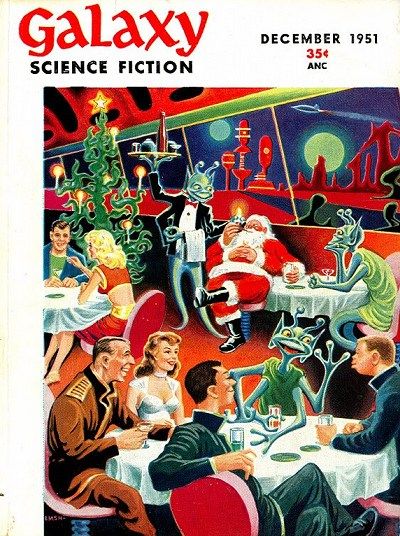








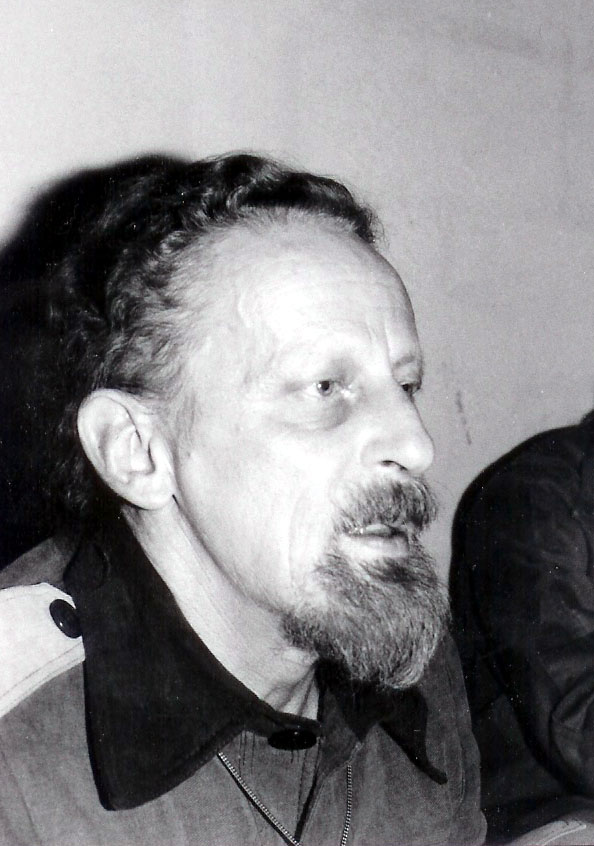
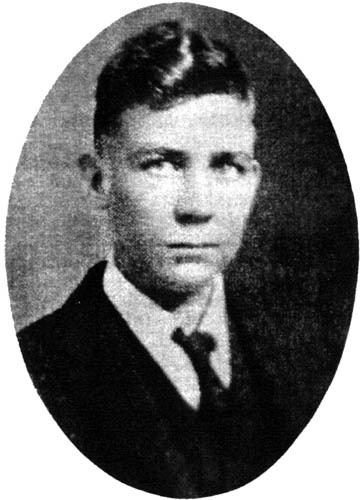


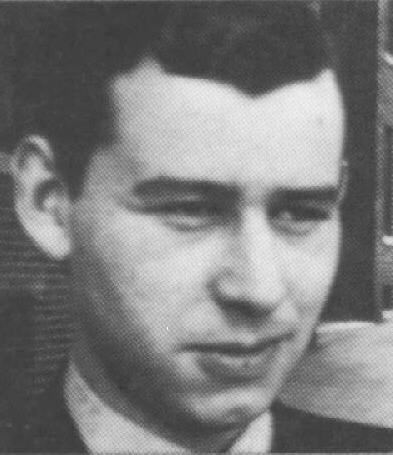
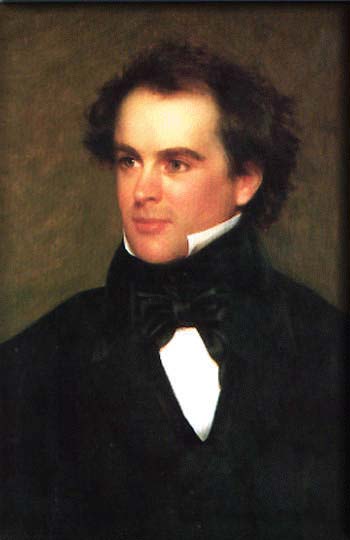





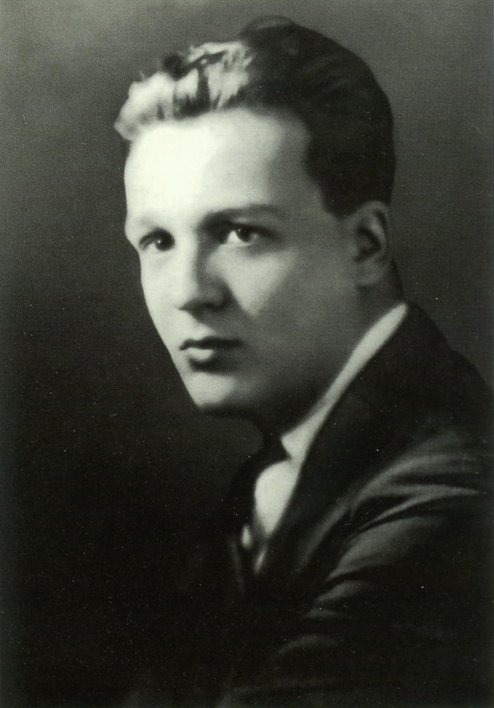



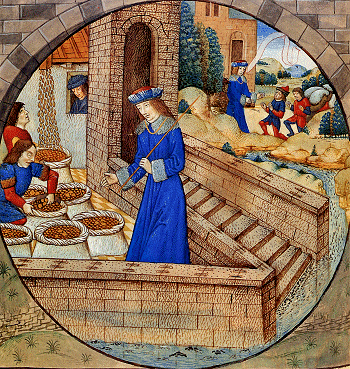


No comments:
Post a Comment